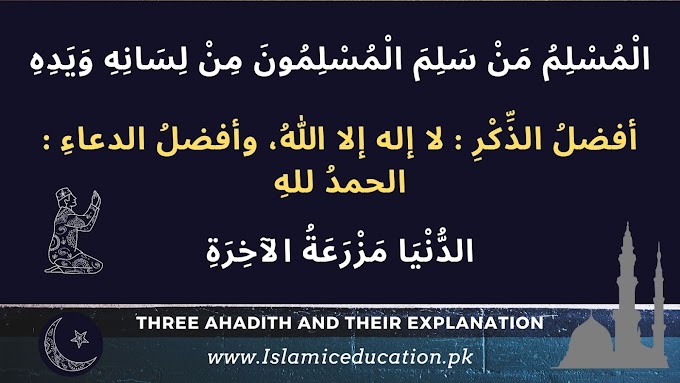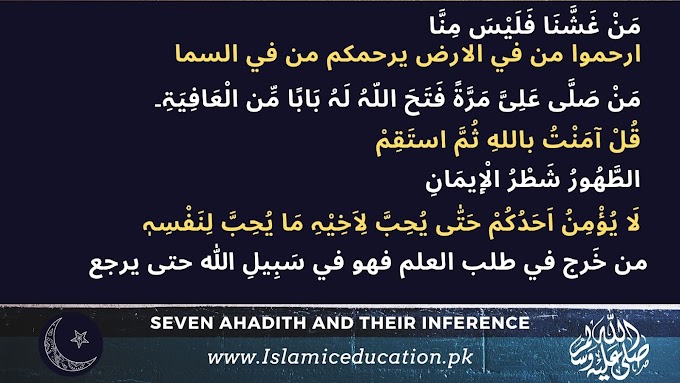Teaching Islam to Children in the 21st Century: Muslims in Britain and America.
Transmission of Islamic knowledge must also be thoughtful, particularly when children have so many sources from which to receive information. It is the responsibility of parents and educators to help children see that faith makes sense in the context and challenges of their lives, and not just as a set of facts. Through practical experiences, open discussion, supportive environment – adults can make Islamic's teachings realistic and heartfelt.
Nurturing Faith with Daily Practice
The most important thing children learn is by observing what adults do. Faith is best grown when it is practiced, not merely in a lesson on a page. Families who pray together and discuss stories from the Quran serve as a model for children of what it’s like to live Islam.
· Daily praye r: Children should be encouraged to be part of Salah, even if they are just watching or sitting beside you initially. Both their interest in prayer and the ease with which they can pray will increase as they grow older.
· Kindness and respect: Draw attention to and encourage honesty, patience or helping others. These little things build character more than rules and rituals.
· Learn by doing: Engage children in small, actions – share food, greet with Salam, give charity. Values sink in and seem natural through repetition.
Modeling faith even in the secular parts of their days helps children to look at Islam as not just a school subject or a special event.
Using Narratives and Role Models
Stories open doors to understanding. The lives of the prophets and the companions’ actions impart lessons in empathy, courage and mercy without long lectures.
· Bedtime stories from the Quran or about the life of Prophet Muhammad (peace be upon him) fuse learning with comfort and routine.
· Children will recall stories with vivid examples; tell lively stories that illustrate perseverance in prayer, truthfulness or encouragement of neighbors.
· Point out positive role models within the community—elders, teachers, or peers—whose choices demonstrate Islamic values.
Children are inclined to copy what they like. Demonstrating them with an example that is alive is what makes key teachings stand in place.
Talking About Faith Openly
KIDS ASK QUESTIONS Children are curious, and ask questions that even adults may not foresee. Establishing a space where questions can be asked will bolster children’s sense of confidence in their identity.’
· Answer questions truthfully in an age-appropriate way. Never shame or ignore questions about difficult topics.
· Talk about potential challenges children might experience at school or with friends. Discuss how Islamic values shape decisions in real life.
· Ask children to share feelings, joy and concerns about faith. This creates trust and keeps the chutes open.
“And that is an in-the-home dialogue, that’s where that kid goes and that’s a good healthy place for that,” Mr. Axe said “So that is what we promised.”“But to us an open dialogue means that the kid looks first at his parents and his teachers as opposed to someplace which is much scarier.”
Making Use of Modern Resources
It now is easier than ever to find Islamic books and audio lessons. Parents and teachers can leverage digital tools for good.
· Share kid-friendly Quran apps, animated stories or interactive quizzes about the Islamic history.
· Watch age-appropriate video clips on prayer, respect or charity. Discussion What is the message of the cartoon?
· Attend local or digital study circles for children to provide them with a sense of community.
Screen time should be controlled and monitored, but technology has the potential to provide for a steady diet of learning, if curated wisely.
Key takeaway: Teaching Islam in this century is a matter of tradition neatly balanced by modern approaches. Combine lessons from the past with real, daily practice and respectful conversation. This is what helps children flourish as confident, ready and able to engage the world with wisdom and kindness.
Conclusion
Teaching Islam to kids today is about combining tradition with sensitivity, real-life practice and open discussion. Early, stable learning molds not only what, but who children know and believe about themselves. Children become secure when faith is part of the family life, lived out in the open and grounded in honest answers.
Both families and educators have the ability to support this journey. Say little things, answer questions and use new tools with a point. Each step taken today builds the confidence and kindness of a child years down the line.
Thank you for your dedication to the future. Post your stories, insights and thoughts in the comments and let’s provide solidarity and guidance to other parents and educators on this journey.
Also read:

.png)





